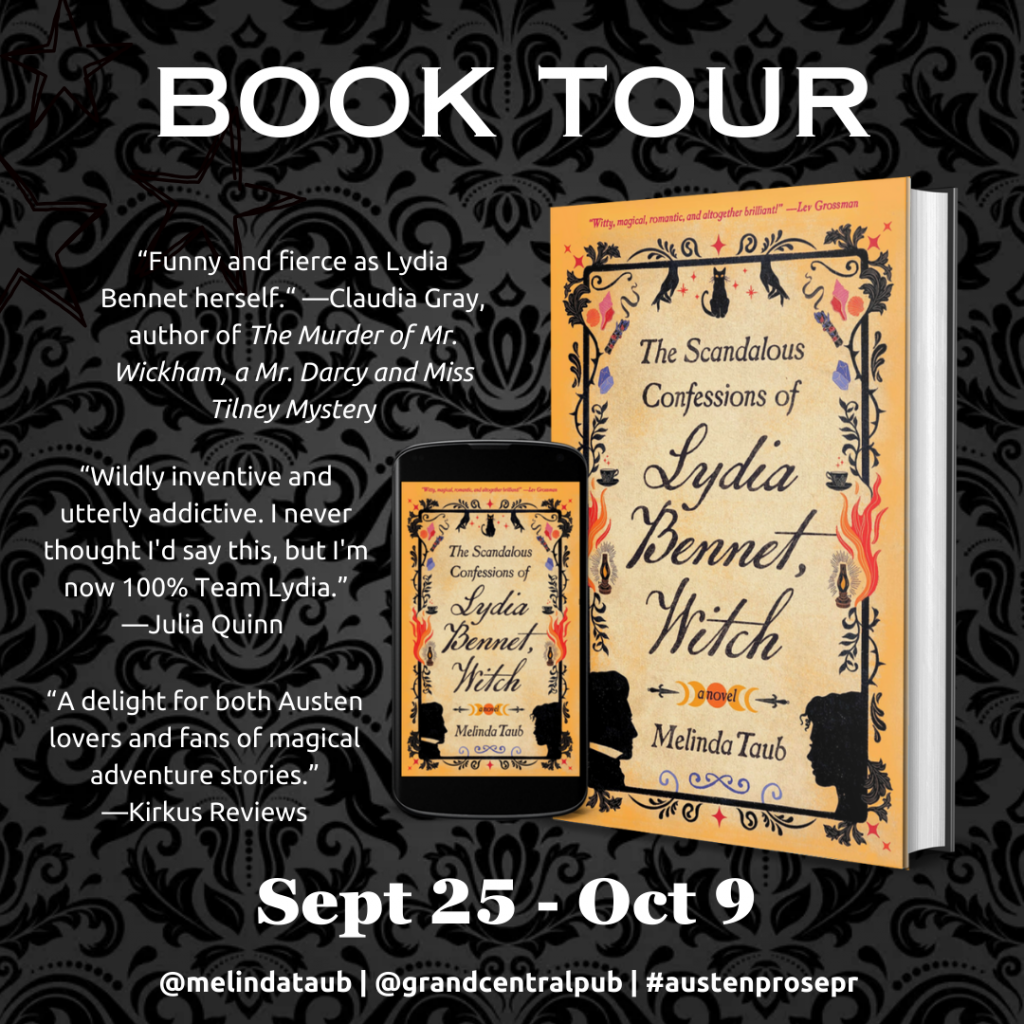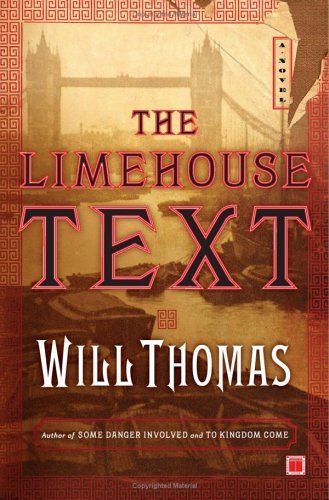 The Limehouse Text (Barker & Llewelyn, #3) by Will Thomas
The Limehouse Text (Barker & Llewelyn, #3) by Will Thomas Format: ebook
Source: purchased from Amazon
Formats available: hardcover, paperback, ebook, audiobook
Genres: historical fiction, historical mystery, mystery
Series: Barker & Llewelyn #3
Pages: 352
Published by Touchstone on July 4, 2006
Purchasing Info: Author's Website, Publisher's Website, Amazon, Barnes & Noble, Kobo, Bookshop.org, Better World Books
Goodreads
In The Limehouse Text, Barker and Llewelyn discover a pawn ticket among the effects of Barker's late assistant, leading them to London's Chinese district, Limehouse. There they retrieve an innocent-looking book that proves to be a rare and secret text stolen from a Nanking monastery, containing lethal martial arts techniques forbidden to the West. With the political situation between the British Empire and Imperial China already unstable, the duo must not only track down a killer intent upon gaining the secret knowledge but also safeguard the text from a snarl of suspects with conflicting interests.
Prowling through an underworld of opium dens, back-room blood sports, and sailors' penny hangs while avoiding the wrath of the district's powerful warlord, Mr. K'ing, Barker and Llewelyn take readers on a perilous tour through the mean streets of turn-of-the-century London.
My Review:
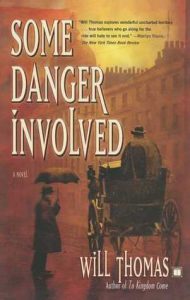 I was feeling in a bit of a murder-y mood this week – reading-wise at least. Which seems entirely fitting as we’re ‘killing’ 2023 this weekend and ringing in 2024. Even the first book this week, Paladin’s Faith, fits that murder theme, because the story is wrapped around preventing the protagonist from getting murdered, AND because one of the characters in the story is from a people who call the individual years gods, gods who die at the end of the year as the new year-god is born.
I was feeling in a bit of a murder-y mood this week – reading-wise at least. Which seems entirely fitting as we’re ‘killing’ 2023 this weekend and ringing in 2024. Even the first book this week, Paladin’s Faith, fits that murder theme, because the story is wrapped around preventing the protagonist from getting murdered, AND because one of the characters in the story is from a people who call the individual years gods, gods who die at the end of the year as the new year-god is born.
And this series, Barker & Llewelyn is also part of my anticipation for the coming year, as this series has turned into my new comfort read series, just as yesterday’s book was the penultimate story in a series that has formed part of my comfort reading for THIS year coming to an end.
Barker & Llewelyn certainly have become a comfort read, as was evidenced by the way I slipped back into their Victorian London like slipping into a warm bath, and didn’t resurface until my mind had its fill of the mystery and was ready to come back to the real world.
Not that the real, 21st century doesn’t intrude in this series, because it frequently does. Not through ANY anachronisms, but rather as a result of the fact that technology may change but human nature does not. The issues that face Barker & Llewelyn, issues of race, gender, class and socioeconomic inequalities, the tensions between countries and war and peace, have always been part of the human condition.
The author does an excellent job of allowing the reader to experience the roots of specific 21st century issues in 19th century mores, behaviors and actions without ever breaking the character of the era in which this series takes place.
This entry in the series, as looks to be a developing pattern for the stories as a whole, begins at a climactic moment very near the end that seems both shocking and inexplicable as an opening – but fully rivets the reader’s attention and doesn’t let go until the story has caught up to that climax.
Rather like a caper story, which often begins by seeing the results of what got done and then winds its action back to the beginning of how the characters got to that point. After all, there kind of is a caper in The Limehouse Text. Multiple capers, in fact, although that’s not clear to anyone involved when Llewelyn winds his narrative back to begin at the beginning.
Which turns out to be tied up in Thomas Llewelyn’s own beginning as Private Enquiry Agent Cyrus Barker’s assistant. The job Llewelyn has been growing into and abler for every day was only available to him because the previous occupant had become involved in considerably more danger than even his employer had been aware of. Danger that resulted in his murder – a case that Barker has not managed to solve even a year later.
But new evidence in Quong’s murder has been uncovered by a police inspector who turns out to have been a bit too thorough for his own good. Resulting in the reopening of that old case, a new string of deaths and the potential for grave diplomatic incidents in the already fractious relationship between Britain and China – whether those incidents take place in Limehouse, in Peking, or over Cyrus Barker’s grave.
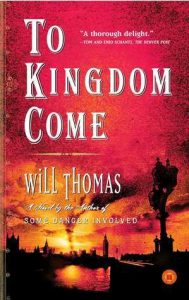 Escape Rating A+: One thing drove me utterly bananas during my reading of The Limehouse Text. I had the vague impression, not that I’d read this before, but that the Jeremy Brett Sherlock Holmes series had also tackled a story set in Limehouse – London’s Victorian version of Chinatown – but couldn’t track down precisely which story. I think it may have been “The Man with the Twisted Lip”, but I wasn’t able to nail it down without watching the thing. (Which would have been a treat but not necessarily at 3 in the morning.)
Escape Rating A+: One thing drove me utterly bananas during my reading of The Limehouse Text. I had the vague impression, not that I’d read this before, but that the Jeremy Brett Sherlock Holmes series had also tackled a story set in Limehouse – London’s Victorian version of Chinatown – but couldn’t track down precisely which story. I think it may have been “The Man with the Twisted Lip”, but I wasn’t able to nail it down without watching the thing. (Which would have been a treat but not necessarily at 3 in the morning.)
And that was absolutely the only quibble I had with the whole fascinating story, which made The Limehouse Text an excellent book to close out the year!
I got into the Barker & Llewelyn series because of their resemblance to Holmes and Watson, but I’ve stayed, and plan on continuing, because of the ways in which they take that familiar setting and put an entirely different spin on it in the very best way.
A big part of that spin is that Holmes and Watson were, in their own ways, both insiders in a society that rigorously imposed boundaries on all sides. Barker, as a self-educated Scotsman who grew up in China, and Llewelyn, as a Welshman who served a prison sentence, are outsiders and frequently and bitingly reminded of it by the powers-that-think-they-be.
This condition is played with, up, out and over in this entry in the series, as it showcases the contempt with which the British government and its representatives, as well as more of the general public than we’d like to admit, treated both the Chinese immigrants who had settled in London AND the whole entire government of Imperial China which the British continued to rape and pillage on any and all pretexts.
(R.F. Kuang’s Babel also draws on these same historical conditions – but takes them in a rather different direction.)
While all of that is background, it is also an integral part of the mystery, as the item that Quong died for is a sacred text that should never have been smuggled out of China. It does not have the military applications that either the Chinese or the British believe that it might, and it absolutely does belong back where it was stolen from. The conflict within the story is between those who want to profit from it, those who want to use it for its purported military applications, and those who want to see it returned to its rightful place.
With Barker caught in the middle and punched from all sides. Literally.
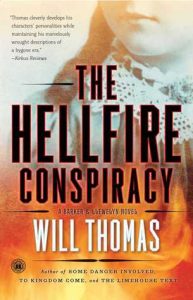 In the end, this is a clever, convoluted mystery, solved but not truly resolved by fascinating characters, steeped in a culture and a perspective that was not treated with any kind of respect in its time and about which stereotypes promoted during this period still linger. The reader is inexorably drawn in by the mystery and the setting, and left with both the satisfaction of at least some just desserts being served – as a mystery should – while still reeling from the marvelously presented microcosm of all the reasons why ‘colonialism’ is such a disgustingly dirty word in so many places around the globe to this very day.
In the end, this is a clever, convoluted mystery, solved but not truly resolved by fascinating characters, steeped in a culture and a perspective that was not treated with any kind of respect in its time and about which stereotypes promoted during this period still linger. The reader is inexorably drawn in by the mystery and the setting, and left with both the satisfaction of at least some just desserts being served – as a mystery should – while still reeling from the marvelously presented microcosm of all the reasons why ‘colonialism’ is such a disgustingly dirty word in so many places around the globe to this very day.
For all these reasons, and the reasons outlined in my reviews of the first two books in this marvelous series, Some Danger Involved and To Kingdom Come, I will absolutely be back for more of Barker & Llewelyn’s fascinating cases in 2024. Next up, The Hellfire Conspiracy, the next time I need a comfortingly murderous read!

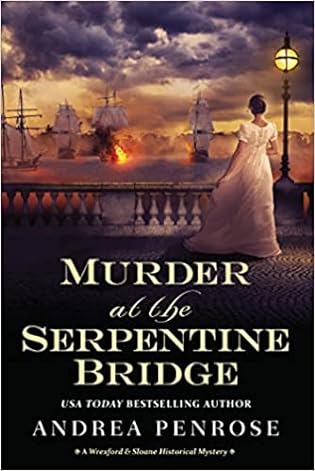 Murder at the Serpentine Bridge (Wrexford & Sloane, #6) by
Murder at the Serpentine Bridge (Wrexford & Sloane, #6) by  As the previous book in this series,
As the previous book in this series, 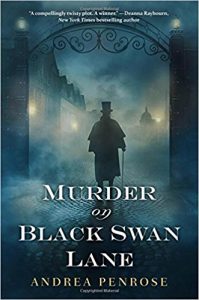 Escape Rating A: This was the right book at the right time, and I clearly waited enough time after
Escape Rating A: This was the right book at the right time, and I clearly waited enough time after  Meanwhile, everyone is chasing everyone else’s tails into danger, as the government’s intelligence services are unwilling to let the right hand know what the left hand is doing (shades of yesterday’s book) and everyone is unwittingly keeping vital clues from even their nearest and dearest.
Meanwhile, everyone is chasing everyone else’s tails into danger, as the government’s intelligence services are unwilling to let the right hand know what the left hand is doing (shades of yesterday’s book) and everyone is unwittingly keeping vital clues from even their nearest and dearest. The Butterfly Collector by
The Butterfly Collector by 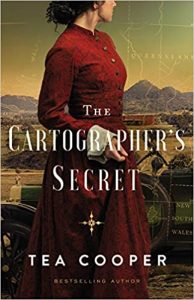 Escape Rating B: I have to say that I ended up with mixed feelings all over the place while listening to and reading The Butterfly Collector. In the end, the 1922 story carried me through, but it’s the 1868 story that held the most bone-chilling horrors. Real-life horror, like revenge, is compellingly served ice cold – and the horrors of this story, based on real historical events – had plenty of chills to deliver.
Escape Rating B: I have to say that I ended up with mixed feelings all over the place while listening to and reading The Butterfly Collector. In the end, the 1922 story carried me through, but it’s the 1868 story that held the most bone-chilling horrors. Real-life horror, like revenge, is compellingly served ice cold – and the horrors of this story, based on real historical events – had plenty of chills to deliver.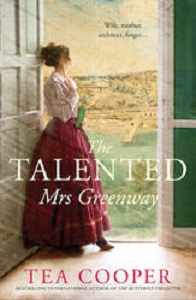 Once I switched to text it all got better, and I was able to finally be captured by the increasingly frenetic pace of the mystery of it all. Not just a terrible crime, but decades of a profitable series of terrible crimes come to light and sticks a knife into Verity’s heart AND her perceptions of her family’s history in a way that makes the whole story both sing and sting at the same time.
Once I switched to text it all got better, and I was able to finally be captured by the increasingly frenetic pace of the mystery of it all. Not just a terrible crime, but decades of a profitable series of terrible crimes come to light and sticks a knife into Verity’s heart AND her perceptions of her family’s history in a way that makes the whole story both sing and sting at the same time.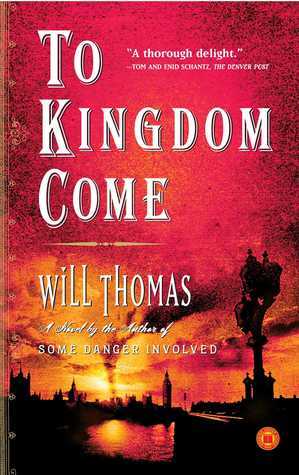 To Kingdom Come (Barker & Llewelyn, #2) by
To Kingdom Come (Barker & Llewelyn, #2) by 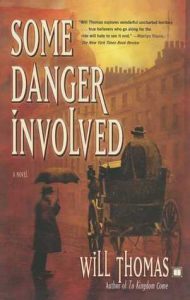 After the events of the first marvelous book in this series,
After the events of the first marvelous book in this series, 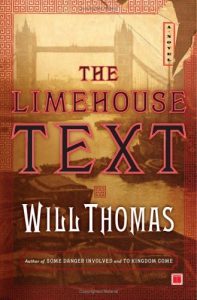 What kept me glued to my seat (as this turned out to be a one-sitting/one-evening read) was the way that it dove head-first both into the heart of its point-of-view character Thomas Llewelyn and into the hearts and motivations of the Irish Republican Brotherhood faction members, and the difficulty that Llewelyn had separating himself from them and his sympathy for their cause even as he decried their methods and worked to bring them down, doing his best to keep them all from being blown “to kingdom come”.
What kept me glued to my seat (as this turned out to be a one-sitting/one-evening read) was the way that it dove head-first both into the heart of its point-of-view character Thomas Llewelyn and into the hearts and motivations of the Irish Republican Brotherhood faction members, and the difficulty that Llewelyn had separating himself from them and his sympathy for their cause even as he decried their methods and worked to bring them down, doing his best to keep them all from being blown “to kingdom come”.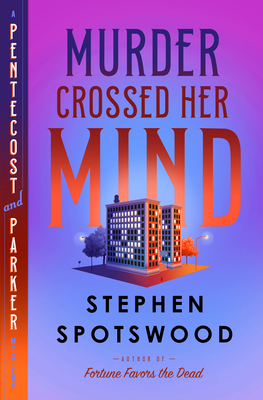 Murder Crossed Her Mind (Pentecost and Parker #4) by
Murder Crossed Her Mind (Pentecost and Parker #4) by 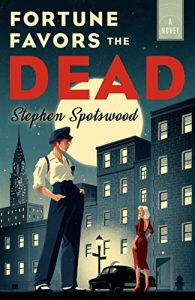 It’s still 1947 in this fourth entry in the
It’s still 1947 in this fourth entry in the 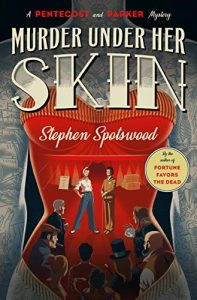 Escape Rating A++: Murder Crossed Her Mind was an actual, literally, honest-to-goodness one sitting read for me. I started it thinking I’d read for an hour or so before bed, and then just stayed there reading. And stayed. And STAYED. Until it was done nearly four hours later. Hence that A++ rating because I simply could not put this down until Pentecost and Parker knew everything and staged a great – but still slightly speculative – reveal at the end.
Escape Rating A++: Murder Crossed Her Mind was an actual, literally, honest-to-goodness one sitting read for me. I started it thinking I’d read for an hour or so before bed, and then just stayed there reading. And stayed. And STAYED. Until it was done nearly four hours later. Hence that A++ rating because I simply could not put this down until Pentecost and Parker knew everything and staged a great – but still slightly speculative – reveal at the end.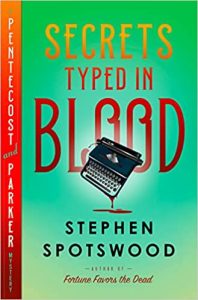 It was also a bit different because it was never about what enemies Vera might have made – because she didn’t. Instead, it was about which secret someone could least afford her to reveal, which made the investigation just that much more complicated.
It was also a bit different because it was never about what enemies Vera might have made – because she didn’t. Instead, it was about which secret someone could least afford her to reveal, which made the investigation just that much more complicated.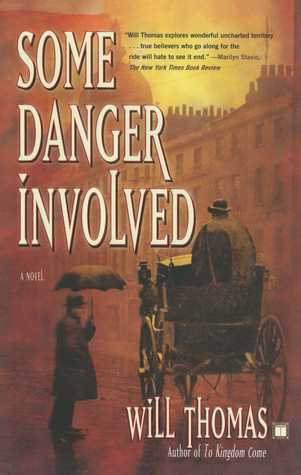 Some Danger Involved (Barker & Llewelyn, #1) by
Some Danger Involved (Barker & Llewelyn, #1) by 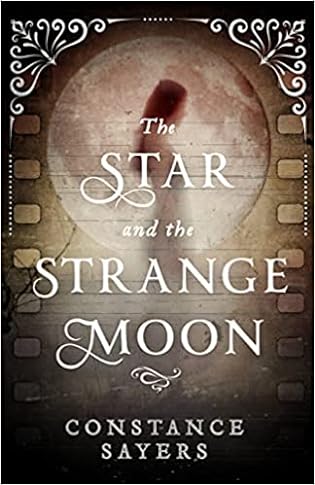 The Star and the Strange Moon by
The Star and the Strange Moon by 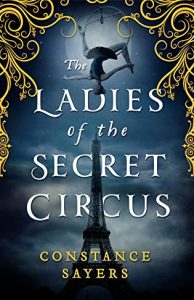 Escape Rating A-: I picked this up because I adored the author’s earlier book,
Escape Rating A-: I picked this up because I adored the author’s earlier book, 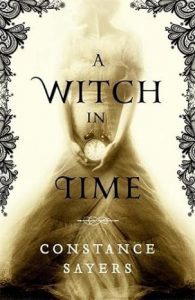 Christopher’s story is a story about hunting down clues, investigating theories, and giving over his own life in the present to solve a mystery in the past. Gemma’s story is about learning to make lemons out of lemonade and accepting that even if she can’t go home again, she can make a home where she is.
Christopher’s story is a story about hunting down clues, investigating theories, and giving over his own life in the present to solve a mystery in the past. Gemma’s story is about learning to make lemons out of lemonade and accepting that even if she can’t go home again, she can make a home where she is. Murder at the Royal Botanic Gardens (Wrexford & Sloane, #5) by
Murder at the Royal Botanic Gardens (Wrexford & Sloane, #5) by 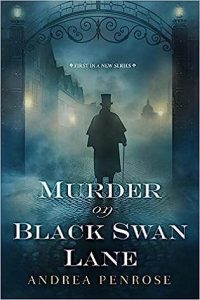 This fifth book in the
This fifth book in the  Before Charlotte can be truly happy, all of those swords hanging over her head have to be carefully taken down, while she and Wrexford are in the midst of solving a criminal conspiracy that turns out to have more heads than Hydra. That the sheer tangle of threats coming their way makes both of them realize just how many hostages to fortune they have gathered around themselves over the course of their investigations adds to Charlotte’s worry and angst.
Before Charlotte can be truly happy, all of those swords hanging over her head have to be carefully taken down, while she and Wrexford are in the midst of solving a criminal conspiracy that turns out to have more heads than Hydra. That the sheer tangle of threats coming their way makes both of them realize just how many hostages to fortune they have gathered around themselves over the course of their investigations adds to Charlotte’s worry and angst.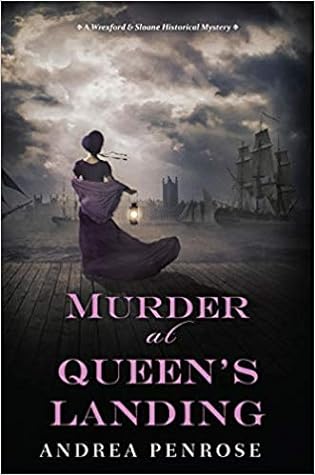 Murder at Queen's Landing (A Wrexford & Sloane Mystery, #4) by
Murder at Queen's Landing (A Wrexford & Sloane Mystery, #4) by 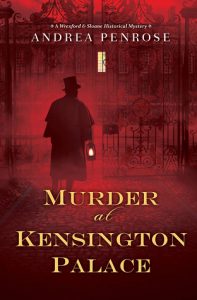 Escape Rating A: You wouldn’t think that it would be possible to make what is ultimately a financial crime be all that fascinating, but the machinations of arbitrage that turn out to be the center of this criminal conspiracy are both easy enough to follow and absolutely deadly in their application.
Escape Rating A: You wouldn’t think that it would be possible to make what is ultimately a financial crime be all that fascinating, but the machinations of arbitrage that turn out to be the center of this criminal conspiracy are both easy enough to follow and absolutely deadly in their application.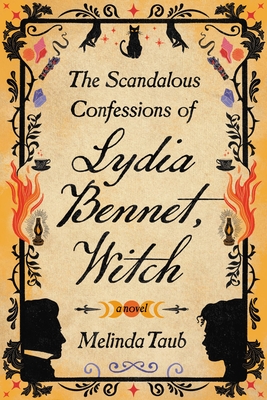 The Scandalous Confessions of Lydia Bennet, Witch by
The Scandalous Confessions of Lydia Bennet, Witch by 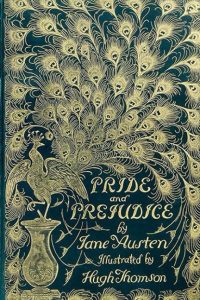 Escape Rating B: This wants to be Lydia Bennet’s redemption story. Or rather, the way it’s written, as Lydia’s confessional to an initially unnamed party, Lydia thinks it’s her redemption story when it’s actually not. It IS a confession, of sorts, but it’s a self-justification story. It’s her long-winded explanation of everything that happened and why it happened the way it did. It’s her attempt to win forgiveness. A forgiveness she only proves herself deserving of when she DOESN’T send the damn thing.
Escape Rating B: This wants to be Lydia Bennet’s redemption story. Or rather, the way it’s written, as Lydia’s confessional to an initially unnamed party, Lydia thinks it’s her redemption story when it’s actually not. It IS a confession, of sorts, but it’s a self-justification story. It’s her long-winded explanation of everything that happened and why it happened the way it did. It’s her attempt to win forgiveness. A forgiveness she only proves herself deserving of when she DOESN’T send the damn thing.